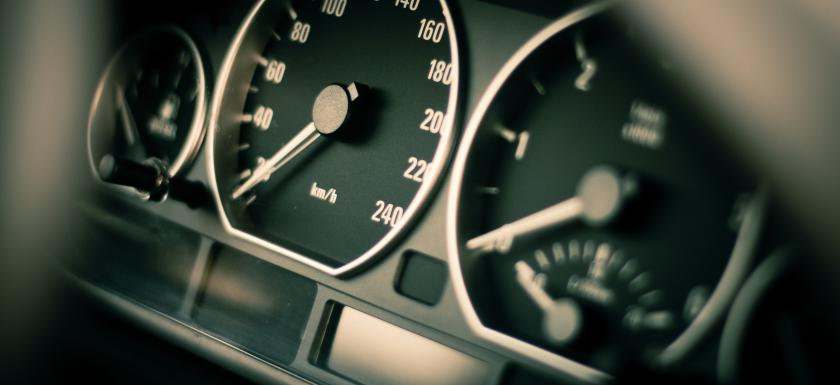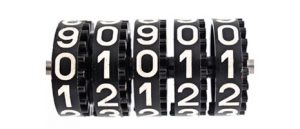How To Spot if a Used Car is Clocked?

How To Spot if a Used Car is Clocked?
Before you commit to buying a used car, consider investing in a car history check. With this at hand, you can also take the following simple steps to avoid making a costly mistake or ending up with a car that’s been clocked.
‘Clocking’ is the colloquial term for falsifying the mileage of a vehicle for the purpose of increasing its value. While none of the following checks is completely foolproof, they can go a long way towards reducing the risk of buying a vehicle that’s been clocked.

1. Consider the Average Mileage for the Cars Age.
A good starting point for any used car inspection is to calculate the typical mileage for the age of the car. The average annual mileage for a privately owned vehicle in Ireland is about 15,000 Km. Depending on the individual circumstances; some cars will have higher or lower mileage. If the mileage is noticeably higher or lower than average, ask the seller some questions about the previous owner, and how the car was used etc. Consider if the displayed mileage tallies with the car's back-story.
2. Look For Excessive Wear
The most obvious and simplest way to start is by giving the car a visual inspection. If you are any way familiar with buying used cars, you will find it easy to spot obvious signs of excessive wear. Look at things like the pedal rubbers, steering wheel, gear lever, seat belt condition and the upholstery, particularly the outer edges of the drivers seat which often suffer heavy wear on a high mileage vehicle. If any of these items seem excessively worn, you may have reason to ask further questions.
3. Verify the Service History
If you are buying from a main dealer, they may hold the maintenance records and service history in their database. Ask for a printout of the maintenance work carried out and check that the mileage recorded at each service is consistent with the cars age and service book and dashboard display.
4. Get a Diagnostic Report
Along with the physical service book in the glove box, most modern cars record service and maintenance history in the cars onboard computers. Even if the dealer hasn’t serviced the car in the past, it’s often possible to access this on-board history. If possible, take the car to the main dealer and have a diagnostic report carried out which may expose any inconsistencies in the mileage displayed on the dashboard.
5. Check the NCT or CVRT Reports
Since 2014, the NCT test includes the displayed mileage at the time of testing. If any of the previous NCT test reports are available, check that the mileage increases look consistent over the course of the car's test history. In the case of commercial vehicles, the CVRT report will show the mileage recorded at the time of testing for the last three tests (the disc shows only the most recent mileage). Ensure the increase in mileage is consistent with the expected use of the period between tests.
6. Ask the Dealer to Verify in Writing
Even when everything checks out, and the mileage and service history seem genuine, it's always a smart move to have the dealer confirm the mileage in writing. That way, you will have some recourse should a discrepancy be discovered at a later date. A SIMI registered dealer should provide you with a standard SIMI receipt confirming all of the relevant details, including mileage. Make sure it's fully completed and accurately reflects what’s displayed on the car's dashboard.
Finally, don't be put off by a car with higher-than-average mileage. A vehicle which has been properly maintained and well kept can often be a smarter buy than a poorly serviced car with a lot less mileage. A car history check coupled with a thorough physical inspection will ensure you make a well-informed decision before parting with your cash. MyVehicle can arrange for a qualified certified engineer to carry out a Physical Inspection for just €249
Author

Justin Kavanagh
Justin Kavanagh is a recognised leader
in automotive intelligence and vehicle
data supply to the entire motor industry.
He has almost 20 years experience in
building systems from the ground up.
As the Managing Director of Vehicle
Management System, he understands the
need and importance of trustworthy and
reliable vehicle history and advice to
both the trade and the public.
Follow me on LinkedIn